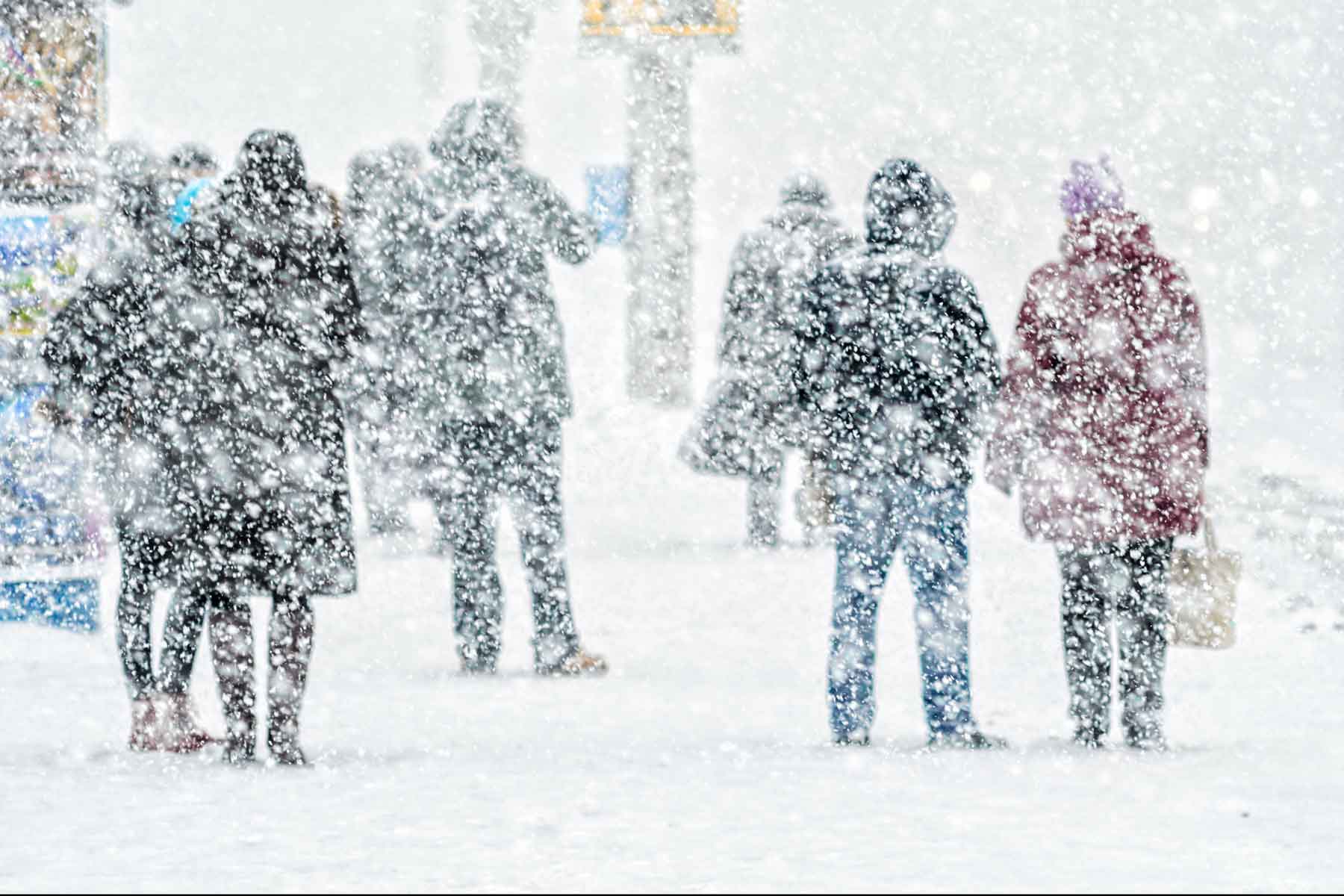Hope you are all doing well. 2023’s stock market rally rolled on last week, helped by the U.S. Federal Reserve slowing the pace of hikes (a quarter percent) and a blockbuster quarter from Meta. The S&P 500 is now up nearly 8% on the year. A new national windchill record was set in New Hampshire at Mount Washington last night. It felt like minus 108° F thanks to a temperature of minus 46° F and wind gusts of 127 mph. I have broken down this week’s update using winter weather terminology.
Wind Chill
The Fed was in focus raising rates again and creating more headwind for the economy. It seems like a pause is not something that is going to happen anytime soon. Initially the bond market saw this as good news and interest rates actually fell as the markets continued to expect less restrictive Fed policy. On Friday, yields rose sharply following another really strong jobs report. The market is perhaps beginning to realize that they need to break out a winter coat. That’s because the Fed will continue on their current path until the labor market deteriorates which likely won’t happen until April at the earliest. The Fed’s aggressive action is necessary to combat high inflation. Will they raise rates in a way that threatens economic growth? Yes, they have told you as much. Monetary policy acts with a lag, in the spring, I expect to see the data reflect the impact of the Fed’s actions on the economy. Stocks like an accommodative Fed, and unfettered economic growth but the Fed is taking the right course of action. Short term economic pain in exchange for avoiding a scenario like we experienced in the early-’80s, is well worth it.
Black ice
The labor market is the stock market’s version of black ice. It could cause the market to slip. The aforementioned January employment report showed that the economy added 517,000 jobs last month, more than double what economists were predicting. On the surface a good jobs report doesn’t feel like a threat rather but it is the implications of that report that is the issue. The stronger the labor market the more runway the Fed has to keep raising rates. Why? The consumer is buoyed by employment and by wage growth. Remember consumer spending accounts for more than two-thirds of GDP (the measure of the economy). Consumer spending and the economy is slowing as the Fed hikes. However, the strong labor market keeps consumer spending from dropping too much. It is for this reason I think any potential recession will be mild and not as bad as what markets have priced in.
Polar vortex
The current economic conditions are sending a chill to companies that don’t normally experience it. Meta had a good report but Apple, Google and Amazon’s quarters were lackluster. It was Apple’s first revenue decline since 2019. Stocks and bonds have risen materially this month. The stock market may give back some of these gains over the next couple of weeks, though probably not all of the gains. Anticipate market turbulence for the next few months. The markets will continue to be driven by the Fed. So inflation and jobs data will cause swings in the market due to shifting expectations for economic activity, earnings growth and Fed policy. Once the Fed pauses I believe the market will move back into bull market territory.
If you’d like to speak about your investments or your plan, my calendar link is below and you can schedule a phone or zoom appointment.





